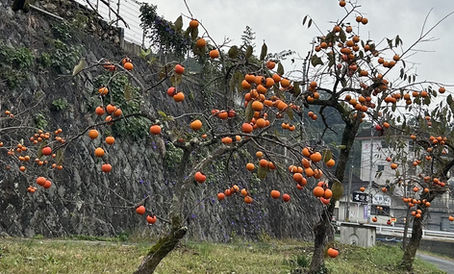Those who needed to meet successive Tokugawa shoguns in Edo Castle were required rigorous security checks beforehand.
- Masahisa Takaki

- Mar 30, 2024
- 1 min read
Updated: Oct 13, 2024
The fifteen successive Tokugawa shoguns resided in Edo Castle, now the Imperial Palace, for 260 years from the early 17th century and controlled all the daimyo feudal lords across the country. Edo castle employed impregnable defensive devices, such as firm gates by outer and inner moats as well as 87 gates in the castle grounds. Otemon, the main gate of the castle, was most strictly guarded as it was just for imperial envoys and daimyo feudal lords going to the castle to meet the shoguns. Some feudal lords were potential enemies of the shoguns, hence many samurais with weapons were working as security guards here. There were three additional gates attached with a guardhouse respectively beyond the main gate. All the visitors were ordered to undergo the strict bodychecks three times on the way. After passing through Otemon gate, the attendants of the daimyo underwent the bodychecks at doshin-bansho guardhouse as shown in the first photo. Then they are to proceed to the next gate with guardhouse called hyakunin-bansho main guardhouse as shown in the second photo, where ninjas and about 100 samurais with weapons stationed themselves day and night shifts.
The third photo shows the third guardhouse called o-bansho, where relatively high-ranking samurai worked for the final security checks of the daimyo.









Comments